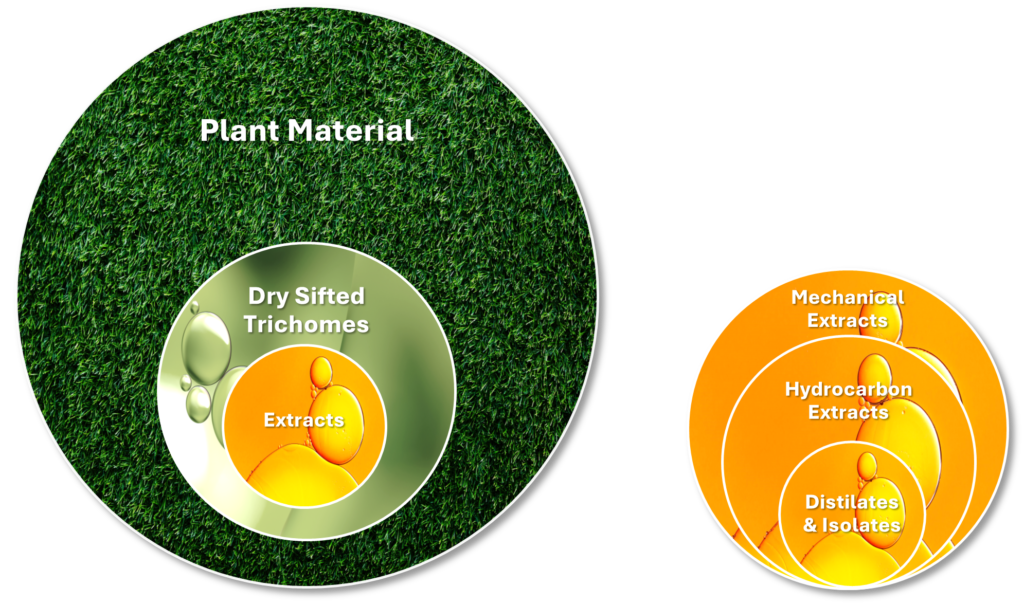It almost goes without saying that different extraction techniques and methods have a significant impact on yield. And when it comes to value derived in extraction labs, yield is everything. When evaluating yield across different extraction methods, it’s important to understand how to meaningfully compare them.
In this short article series, Fire Business Strategies explores what we can learn from the science of extraction and data your business probably already collects about extraction performance. We start with one important question:
What is Yield?
Yield, in the lab, is the ratio of input material (i.e. buds) to output material (i.e. extract), making it a fundamental metric for laboratory performance. Cannabis buds are covered in trichomes, resin filled glands containing most of the cannabinoids and terpenes found in the cannabis plant. Regardless of extraction method, all extraction processes are designed to separate trichomes from buds and compounds of interest from trichomes.

While the model above is useful for understanding the specificity of these processes in terms of isolating cannabinoids from other compounds, it does not reflect the relative yields of these processes or the relative efficiency of these processes, meaning the ratio of potential target compounds to extracted target compounds.
For that reason, we here are Fire like to think of extraction performance through three connected lenses; extraction method efficiency, end product specificity, and yield ratio.
Extraction method efficiency (Efficiency after this) refers to the potential yield based on the % THC or % cannabinoid and terpene content of the input material. Chemical processes will be more efficient at removing target compounds.
End product purity (Target Specificity) refers to the target compounds of a product. There is a significant methodological gap between yielding pure THC distillate and a clean, full-spectrum live rosin that extends beyond equipment & infrastructure to processes, expertise, and intended end-use.
Yield Ratio, as we have discussed, is the actual ratio of input product to saleable product, typically expressed as grams to grams. Something like a dry sift kif or handmade hash might have a high yield ratio, and be very efficient, but demands a lower purity to reach end-use value.
Extraction Yield – The Complex Truth
There are tensions between each of these performance metrics, and focusing solely on yield without an understanding of these tensions can hide valuable insights. Processes that have more specific end product purity, like distillate, by necessity have lower yield than processes that are less specific, like dry sift kif, simply because they don’t tolerate impurity as part of the goal product. However, they may have similar or greater amounts of overall THC, since the kif will be mostly plant material.
Because of this interplay and the tradeoffs associated with any given extraction process, when you adjust reported yields to a common standard, final yields tend to fall within 30% for the same input product across all processes; ice water live rosin tends to yield the lowest ratio of hash to input material, but the quality tends to be higher than other methods, together necessitating generally higher market prices for solventless rosin. Distillation yields can seem lower compared to other hash preparations, but the potency level means there is more active product for edibles, vapes, and other post-extraction preparations.
The below chart illustrates typical performance across various processes in all 3 dimensions.

PS: This chart is a screengrab from the Fire Industries yield calculator which we are working on giving away for free.
Ultimately, developing a set of systems to monitor extraction performance is an important aspect of building a successful cannabis lab, even if that’s clearly easier said than done. Fire Business Strategies has the expertise and systems prepared to help your lab succeed, no matter how complicated your processes or product offerings might be. Contact us using the form below to learn how Fire can streamline your cannabis laboratory operations, top to bottom, identifying efficiencies and driving profitability.

